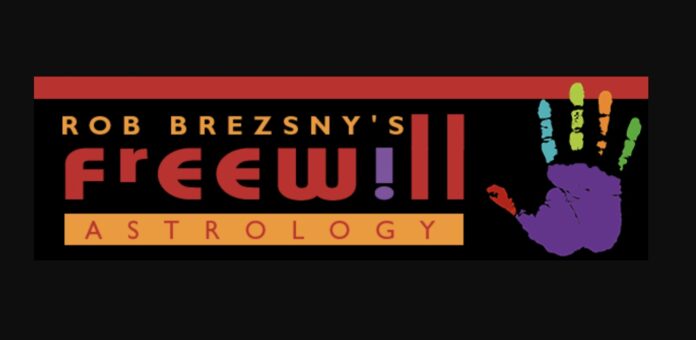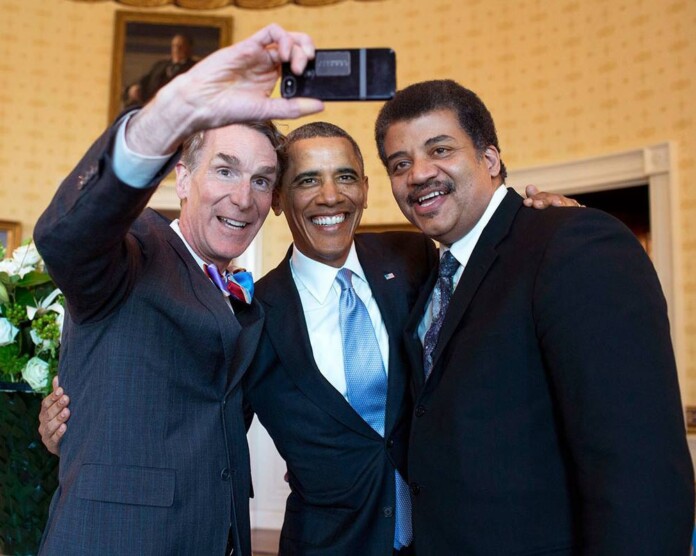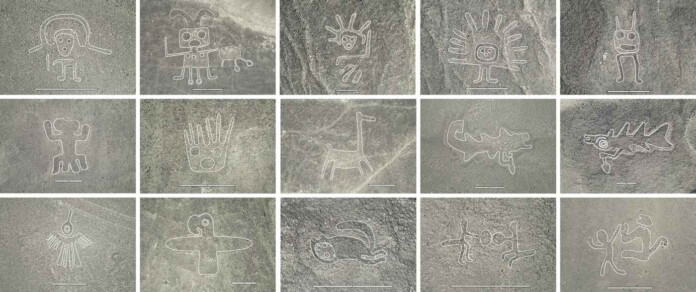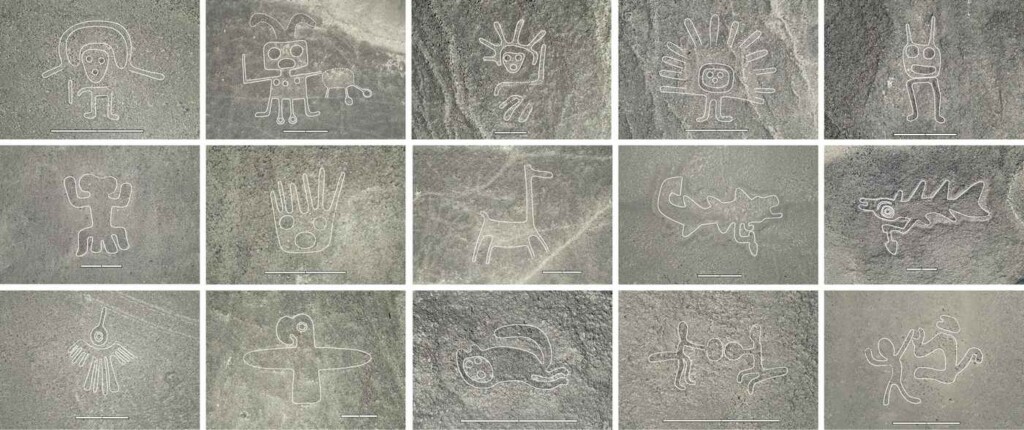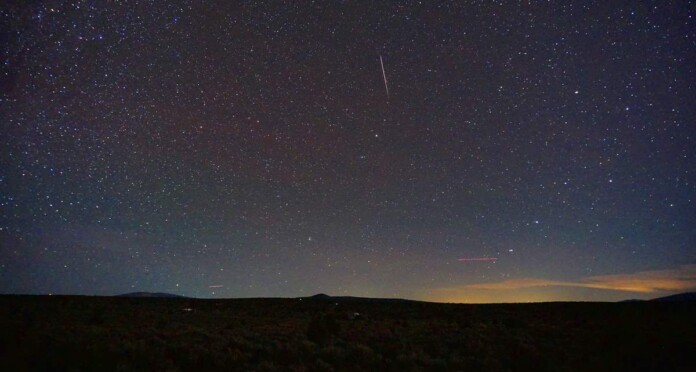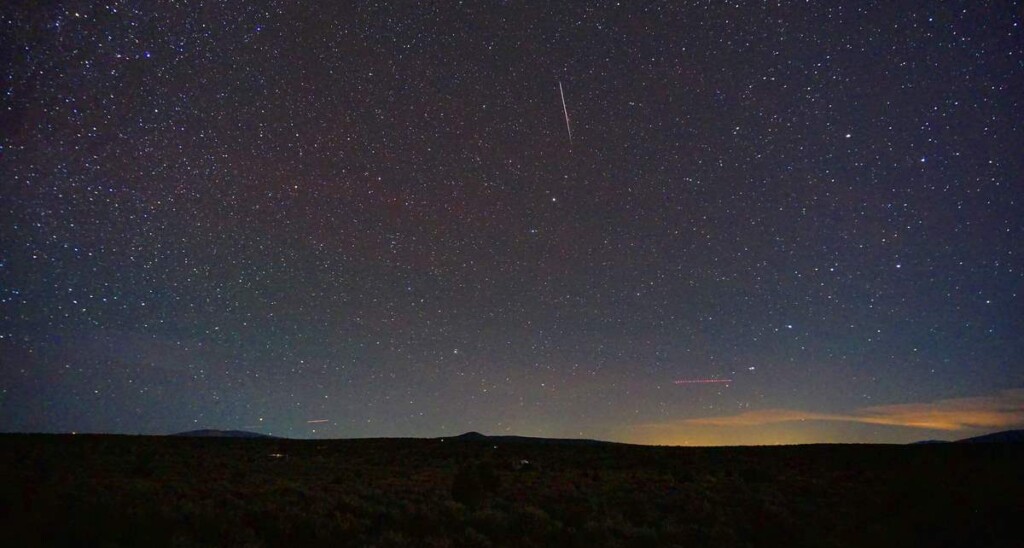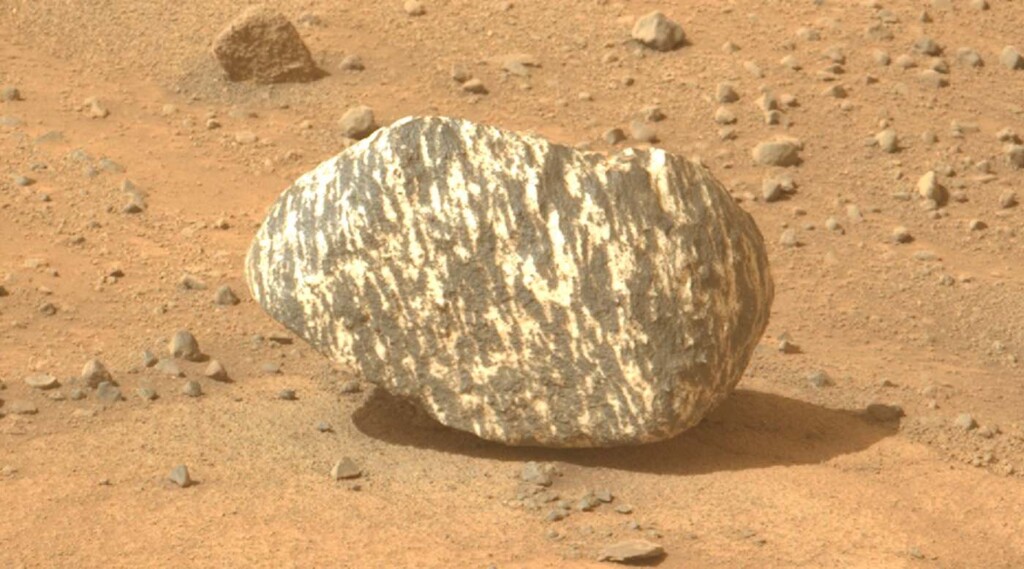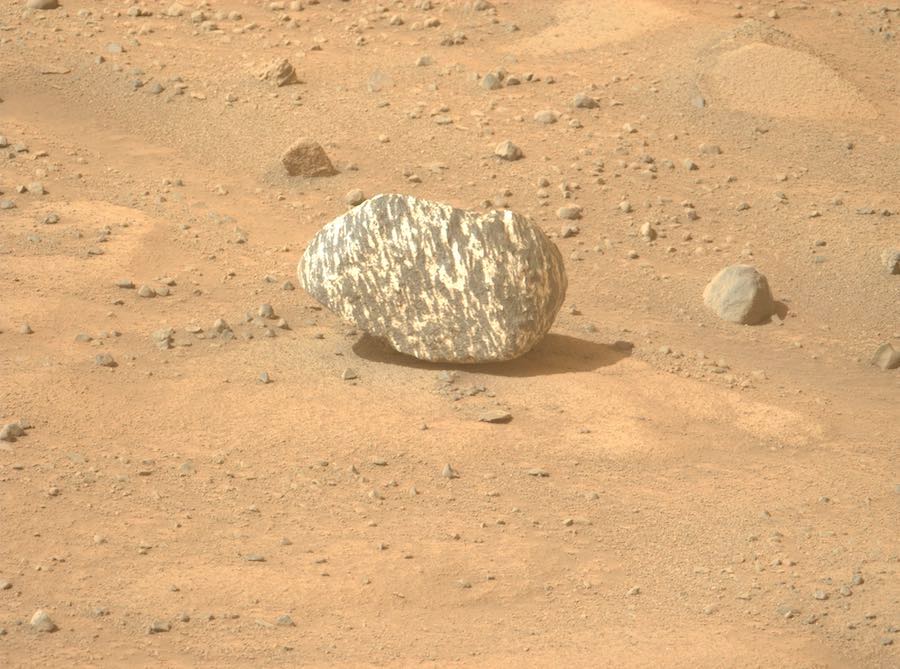Our partner Rob Brezsny, who has a new book out, Astrology Is Real: Revelations from My Life as an Oracle, provides his weekly wisdom to enlighten our thinking and motivate our mood. Rob’s Free Will Astrology, is a syndicated weekly column appearing in over a hundred publications. He is also the author of Pronoia Is the Antidote for Paranoia: How All of Creation Is Conspiring To Shower You with Blessings. (A free preview of the book is available here.)
Here is your weekly horoscope…
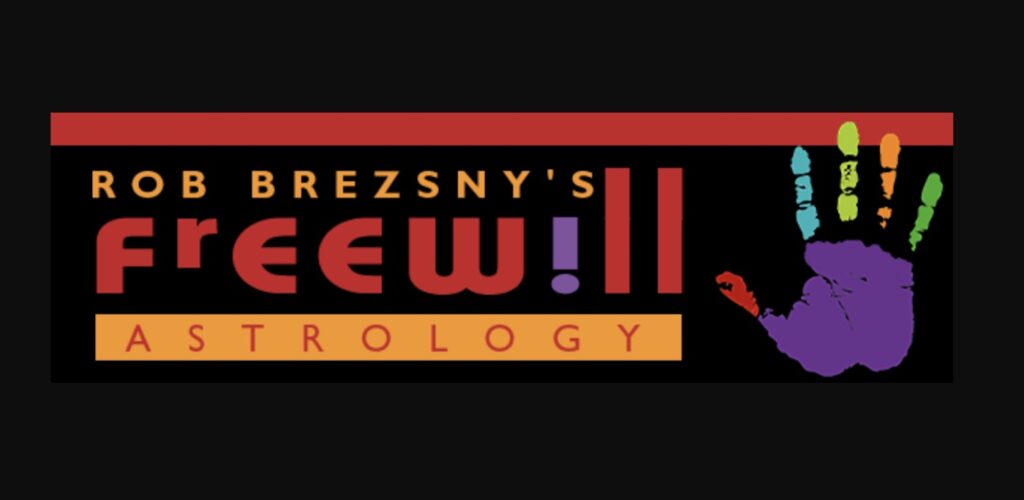
FREE WILL ASTROLOGY – Week of October 5, 2024
Copyright by Rob Brezsny, FreeWillAstrology.com

LIBRA (Sept. 23-Oct. 22):
On those infrequent occasions when I buy a new gadget, I never read the instructions. Despite the fact that I may not know all the fine points of using my new vacuum cleaner, air purifier, or hairdryer, I ignore the booklet. Research reveals that I am typical. Ninety-two percent of all instructions get thrown away. However, I don’t recommend this approach to you in the coming weeks, whether you’re dealing with gadgets or more intangible things. You really should call on guidance to help you navigate your way through introductory phases and new experiences.

SCORPIO (Oct. 23-Nov. 21):
I knew a Scorpio performance artist who did a splashy public show about private matters. She stationed herself on the rooftop of an apartment building and for 12 hours loudly described everything she felt guilty about. (She was an ex-Catholic who had been raised to regard some normal behavior as sinful.) If you, dear Scorpio, have ever felt an urge to engage in a purge of remorse, now would be an excellent time. I suggest an alternate approach, though. Spend a half hour writing your regrets on paper, then burn the paper in the kitchen sink as you chant something like the following: “With love and compassion for myself, I apologize for my shortcomings and frailties. I declare myself free of shame and guilt. I forgive myself forever.”

SAGITTARIUS (Nov. 22-Dec. 21):
Be HEARTY, POTENT, and DYNAMIC, Sagittarius. Don’t worry about decorum and propriety. Be in quest of lively twists that excite the adventurer in you. Avoid anyone who seems to like you best when you are anxious or tightly controlled. Don’t proceed as if you have nothing to lose; instead, act as if you have everything to win. Finally, my dear, ask life to bring you a steady stream of marvels that make you overjoyed to be alive. If you’re feeling extra bold (and I believe you will), request the delivery of a miracle or two.

CAPRICORN (Dec. 22-Jan. 19):
19th C. Capricorn author Anne Brontë wrote The Tenant of Wildfell Hall, which many critics regard as the first feminist novel. It challenged contemporary social customs. The main character, Helen, leaves her husband because he’s a bad influence on their son. She goes into hiding, becoming a single mother who supports her family by creating art. Unfortunately, after the author’s death at a young age, her older sister Charlotte suppressed the publication of The Tenant of Wildfell Hall. It’s not well-known today. I bring this to your attention, Capricorn, so as to inspire you to action. I believe the coming months will be a favorable time to get the attention and recognition you’ve been denied but thoroughly deserve. Start now! Liberate, express, and disseminate whatever has been suppressed.
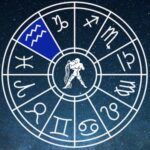
AQUARIUS (Jan. 20-Feb. 18):
What is the most important question you want to find an answer for during the next year? The coming weeks will be an excellent time to formulate that inquiry clearly and concisely. I urge you to write it out in longhand and place it in a prominent place in your home. Ponder it lightly and lovingly for two minutes every morning upon awakening and each night before sleep. (Key descriptors: “lightly and lovingly.”) As new insights float into your awareness, jot them down. One further suggestion: Create or acquire a symbolic representation of the primal question.

PISCES (Feb. 19-March 20):
Scientific research suggests that some foods may be addictive—including pizza, chocolate, potato chips, and ice cream. The good news is that they are not as problematic for long-term health as cocaine, for example. The bad news is that they are not exactly healthy. I invite you to re-order your priorities about addictive things. Now is a favorable time to figure out what substances and activities might be tonifying, invigorating addictions—and then retrain yourself to focus your addictive energy on them. Maybe you could encourage an addiction to juices that blend spinach, cucumber, kale, celery, and apple. Perhaps you could cultivate an addiction to doing a pleasurable form of exercise or reading books that thrill your imagination.

ARIES (March 21-April 19):
During certain ancient rituals, participants are asked, “What binds you? And what will you do to free yourself from what binds you?” I recommend this exercise to you right now, Aries. Here’s a question: Will you replace your shackles with a weaving that inspires and empowers you? In other words, will you shed what binds you and, in its stead, create a bond that links you to an influence you treasure?

TAURUS (April 20-May 20):
If I had to name the zodiac sign that other signs are most likely to underestimate, I would say Taurus. Why? Well, many of you Bulls are rather modest and humble. You prefer to let your practical actions speak louder than fine words. Your well-grounded strength is diligent and poised, not flashy. People may misread your resilience and dependability as signs of passivity. But here’s good news, dear Taurus: In the coming weeks, you will be less likely to be undervalued and overlooked. Even those who have been ignorant of your appeal may tune in to the fullness of your tender power and earthy wisdom.

GEMINI (May 21-June 20):
In the coming days, I invite you to work on writing an essay called “People and Things I Never Knew I Liked and Loved Until Now.” To get the project started, visit places that have previously been off your radar. Wander around in uncharted territory, inviting life to surprise you. Call on every trick you know to stimulate your imagination and break out of habitual ruts of thinking. A key practice will be to experiment and improvise as you open your heart and your eyes wide. Here’s my prophecy: In the frontiers, you will encounter unruly delights that inspire you to grow wiser.

CANCER (June 21-July 22):
Now is an excellent time to search for new teachers, mentors, and role models. Please cooperate with life’s intention to connect you with people and animals who can inspire your journey for the months and years ahead. A good way to prepare yourself for this onslaught of grace is to contemplate the history of your educational experiences. Who are the heroes, helpers, and villains who have taught you crucial lessons? Another strategy to get ready is to think about what’s most vital for you to learn right now. What are the gaps in your understanding that need to be filled?

LEO (July 23-Aug. 22):
The English language has more synonyms than any other language. That’s in part because it steals words from many tongues, including German, French, Old Norse, Latin, and Greek, as well as from Algonquin, Chinese, Hindi, Basque, and Tagalog. Japanese may be the next most magpie-like language, borrowing from English, Chinese, Portuguese, Dutch, French, and German. In accordance with astrological possibilities, I invite you to adopt the spirit of the English and Japanese languages in the coming weeks. Freely borrow and steal influences. Be a collector of sundry inspirations, a scavenger of fun ideas, a gatherer of rich cultural diversity.

VIRGO (Aug. 23-Sept. 22):
Here are my bold decrees: You are entitled to extra bonuses and special privileges in the coming weeks. The biggest piece of every cake and pie should go to you, as should the freshest wonders, the most provocative revelations, and the wildest breakthroughs. I invite you to give and take extravagant amounts of everything you regard as sweet, rich, and nourishing. I hope you will begin cultivating a skill you are destined to master. I trust you will receive clear and direct answers to at least two nagging questions.
WANT MORE? Listen to Rob’s EXPANDED AUDIO HOROSCOPES, 4-5 minute meditations on the current state of your destiny — or subscribe to his unique daily text message service at: RealAstrology.com
SHARE The Wisdom With Friends Who Are Stars in Your Life on Social Media…
























